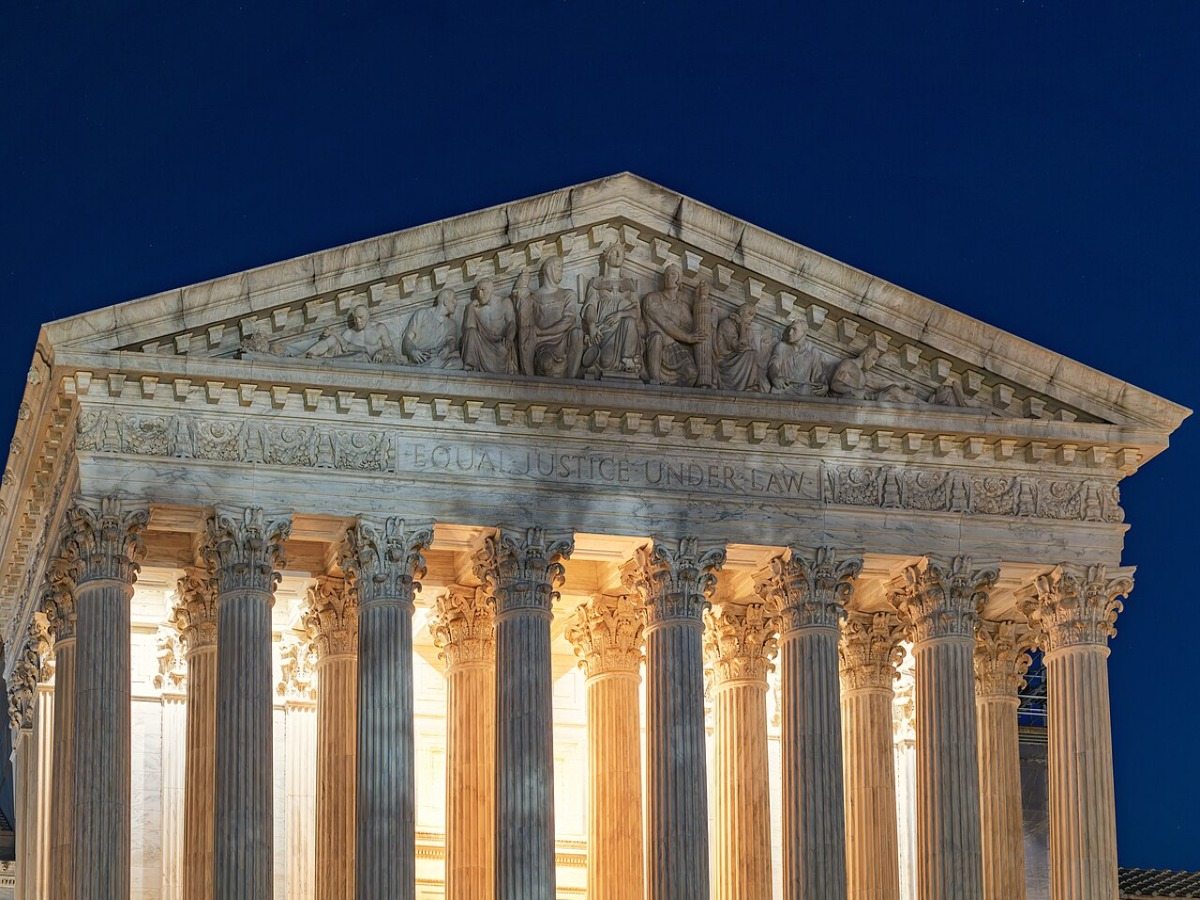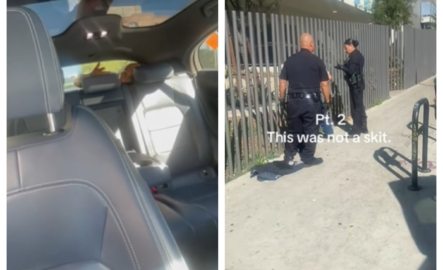The U.S. Supreme Court on Tuesday prolonged its temporary hold on full Supplemental Nutrition Assistance Program (SNAP) benefits, keeping millions of Americans in limbo as the federal government moves closer to ending the shutdown.
The brief, three-sentence order offers no reasoning from the justices and is set to expire late Thursday night. It extends a confusing patchwork situation across the country: some households have received full food aid, others partial payments, and many none at all.
Justice Ketanji Brown Jackson stood alone in calling for an immediate reinstatement of the lower court rulings that would have allowed full SNAP funding to resume. She offered no further explanation for her dissent but had signed the earlier order that first froze the payments.
READ ALSO: Trump administration revives Supreme Court fight to keep full SNAP benefits frozen
Lawmakers are rushing to end the shutdown. The Senate has already passed a bipartisan deal, and the House could take up the measure as soon as Wednesday. If approved and signed, it would reopen the government and restore SNAP operations for the 42 million Americans who rely on the program for groceries. But how quickly the payments would restart remains uncertain.
The court’s move reflects a cautious wait-and-see approach, choosing to avoid weighing in on whether judges were right to order continued full payments during the shutdown.
Across the country, the delay has deepened anxiety among recipients. States have struggled with uneven guidance: some managed to issue complete November benefits, others partial aid, while many households have gone without.
Policy analyst Carolyn Vega from Share Our Strength said technical hurdles could complicate the process for states that already sent partial benefits. “There could be some technical challenges for states that have issued partial benefits to send out the remaining amount,” she said in an AP report.
In Pennsylvania, some residents received full benefits last Friday, but others like Jim Malliard of Franklin are still waiting. Malliard, 41, cares full-time for his blind wife and teenage daughter, who has been recovering from major surgery. The family has not received their usual $350 SNAP payment this month.
“It’s kind of been a lot of late nights, making sure I had everything down to the penny to make sure I was right,” Malliard said. “To say anxiety has been my issue for the past two weeks is putting it mildly.” He said the family is now living off rice and ramen, with only $10 left in their account.
READ ALSO: Trump administration orders states to reverse SNAP payments after Supreme Court ruling
As food insecurity grows, some Americans are stepping up to help. In Carthage, New York, teacher Ashley Oxenford stocked a small front-yard food pantry for neighbors struggling through the crisis. “I figure that I’ve spent money on dumber stuff than trying to feed other people during a manufactured famine,” she stated.
The turmoil stems from the Trump administration’s decision to halt SNAP funding after October because of the shutdown. That move triggered a wave of lawsuits and conflicting court orders over whether the government could continue partial or full payments during the funding lapse.
Two judges ruled on Oct. 31 that the administration must at least provide partial benefits, and the government agreed to cover up to 65 percent of normal payments. But it resisted a later order requiring full funding, arguing that doing so would drain emergency reserves.
The Supreme Court initially froze that order on Sunday, then extended the block on Tuesday. An appeals court had ruled just a day earlier that full payments should resume Tuesday night.
Meanwhile, the Senate has passed legislation to reopen the government and replenish SNAP funds. Speaker Mike Johnson has called House members back to vote on the proposal negotiated between Senate Democrats and Republicans.
President Donald Trump has signaled optimism about ending the shutdown, telling reporters Sunday, “It looks like we’re getting close to the shutdown ending.”
However, in a filing to the high court, Solicitor General D. John Sauer argued that judges should not decide where federal resources go. “The answer to this crisis is not for federal courts to reallocate resources without lawful authority,” he wrote. “The only way to end this crisis — which the Executive is adamant to end — is for Congress to reopen the government.”
Attorney General Pam Bondi welcomed the Supreme Court’s latest ruling, posting online, “Thank you to the Court for allowing Congress to continue its swift progress.”
But for advocacy groups and local governments that sued, the blame lies with the administration. “The chaos was sown by USDA’s delays and intransigence,” the coalition said in a court filing Tuesday, “not by the district court’s efforts to mitigate that chaos and the harm it has inflicted on families who need food.”










